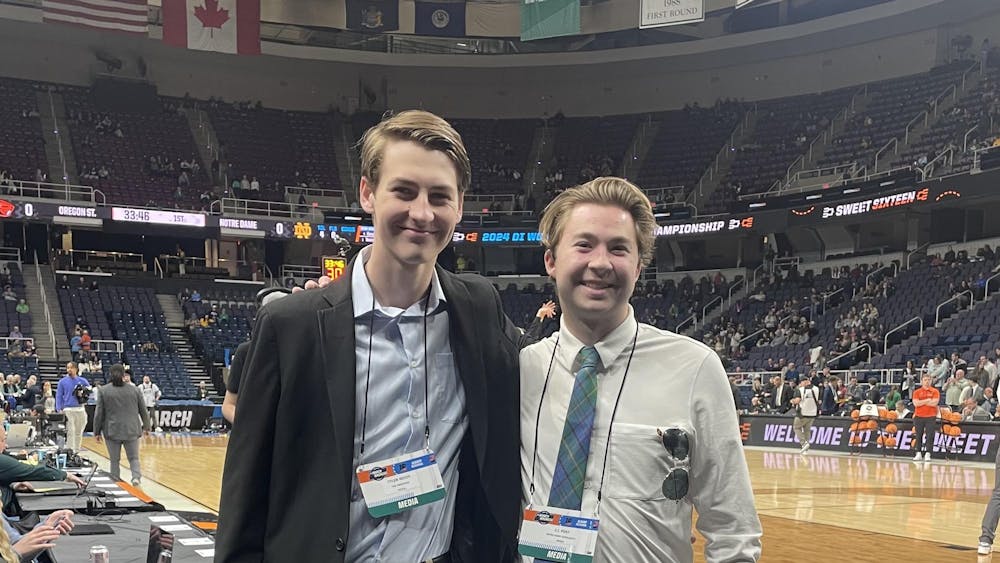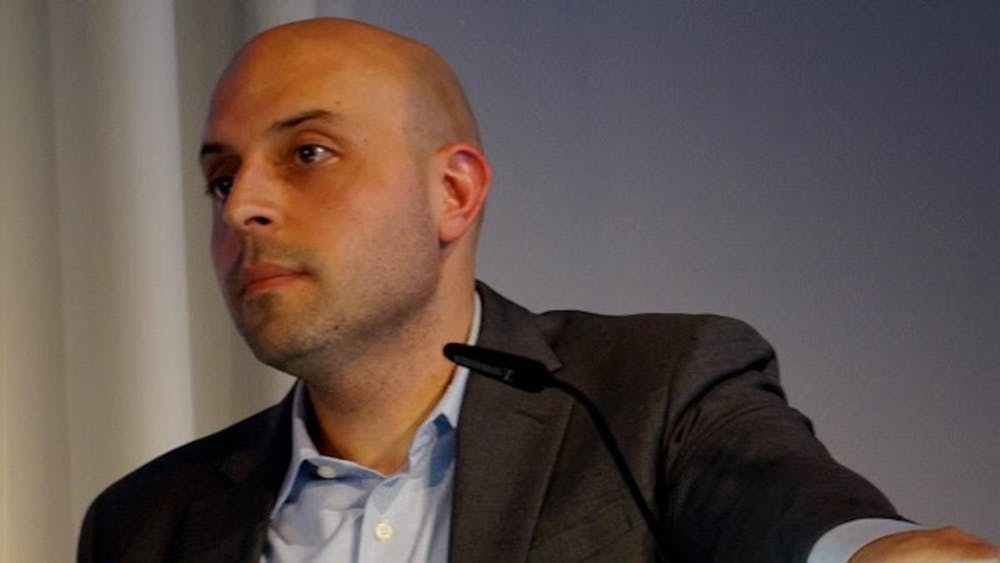As of the 1990 Census, 46 percent of Americans lived in suburbs. Our generation grew up in this paved paradise, this transportation system built for cars, supermarkets and supersized, super-value anything. Their car-friendliness makes suburbs pedestrian wastelands and biking hazards.
In the past 20 years, several forward-thinking cities have built complex bike paths as a way to combat traffic and pollution problems. These bike paths serve fewer individuals in the suburbs, making them sometimes cost-prohibitive in sprawling areas.

Despite the expense, we need to undertake the admittedly gargantuan task of transforming our car-accommodating towns into biking- and walking-friendly areas for our health, our quality of life and our environment.
Once a haven for wealthy individuals who wanted to escape the cities, poverty rates in suburbs now rival city levels. A 2008 Brookings Institute study found that poverty in suburbs of the nation's largest metropolitan areas grew over 25 percent between 2000 and 2008. By 2008, suburbs housed over 1.5 million more poor people than their respective metro areas.
In these suburbs, getting to and from work, the grocery store or the doctor is nearly impossible without a car. In order to support a livelihood, one needs a car; yet, to support a car, one needs an even bigger livelihood. Buying a functioning car for less than $2,000 is difficult if not impossible — not to mention the costs of repairs and gasoline. The majority of those with a household income of less than $20,000 spend more than 25 percent of that on transportation costs.
Our infrastructure supports this car culture. We need to reorganize our poverty-stricken suburban communities to make them bike- and pedestrian-friendlier in order to help individuals who cannot afford cars get around without one. The average bike costs less than $200 — less than one-tenth the average car — and the only fuel bikes need is human caloric energy. Since most of America's poor fall victim to obesity due to low costs of unhealthy food, biking could save them on both gas money and hospital bills.
In order to make bike transportation possible in spread-out suburbs, we need to change the infrastructure of communities — no small or easy task. But this is an investment we need to value and prioritize. More than 79 percent of Americans consider sidewalks and bike paths as important factors in where they choose to live; we need to bring these amenities to those who don't have the financial means to choose to be near them.
Improving bike paths and pedestrian infrastructures will also improve air pollution in major metropolitan areas. The Clean Air Council estimates that auto emissions account for 31 percent of carbon dioxide emissions and 81 percent of carbon monoxide emissions in metropolitan areas. Decreasing automotive traffic would therefore improve air quality, saving cities money they would otherwise spend retroactively.

Fewer cars also mean less traffic, a contributing factor to low quality of life reported by many commuters. Reducing the number of cars during peak traffic hours by 10 percent would increase average car speed enough to reduce travel times up to 25 minutes.
Bike cultures now exist for the wealthy as recreational options. Re-establishing bikes to a primary mode of transportation would help the poor in our suburbs more than any wealthy individuals. Heck, it could even help our industry; maybe GM could enter the bike-manufacturing market.
We need bike paths for better quality of life, less pollution and egalitarian transportation options. Shifting our suburban infrastructures to support bikes more than cars will take time, but it's an investment we can't afford not to make.
Jackie Mirandola Mullen is a senior history and German major. She encourages bike-pooling on bicycles built for two. You can reach her at jmirando@nd.edu
The views expressed in this column are those of the author and not necessarily those of The Observer.












